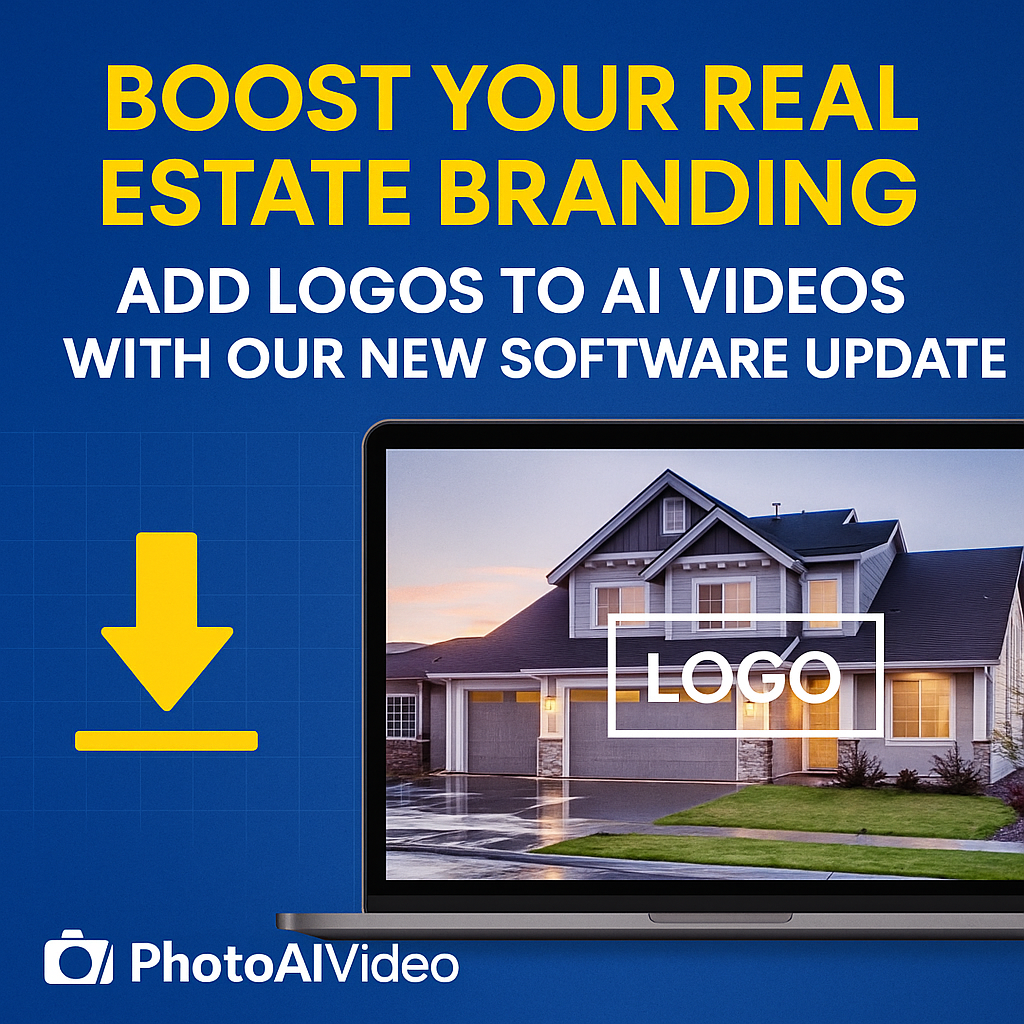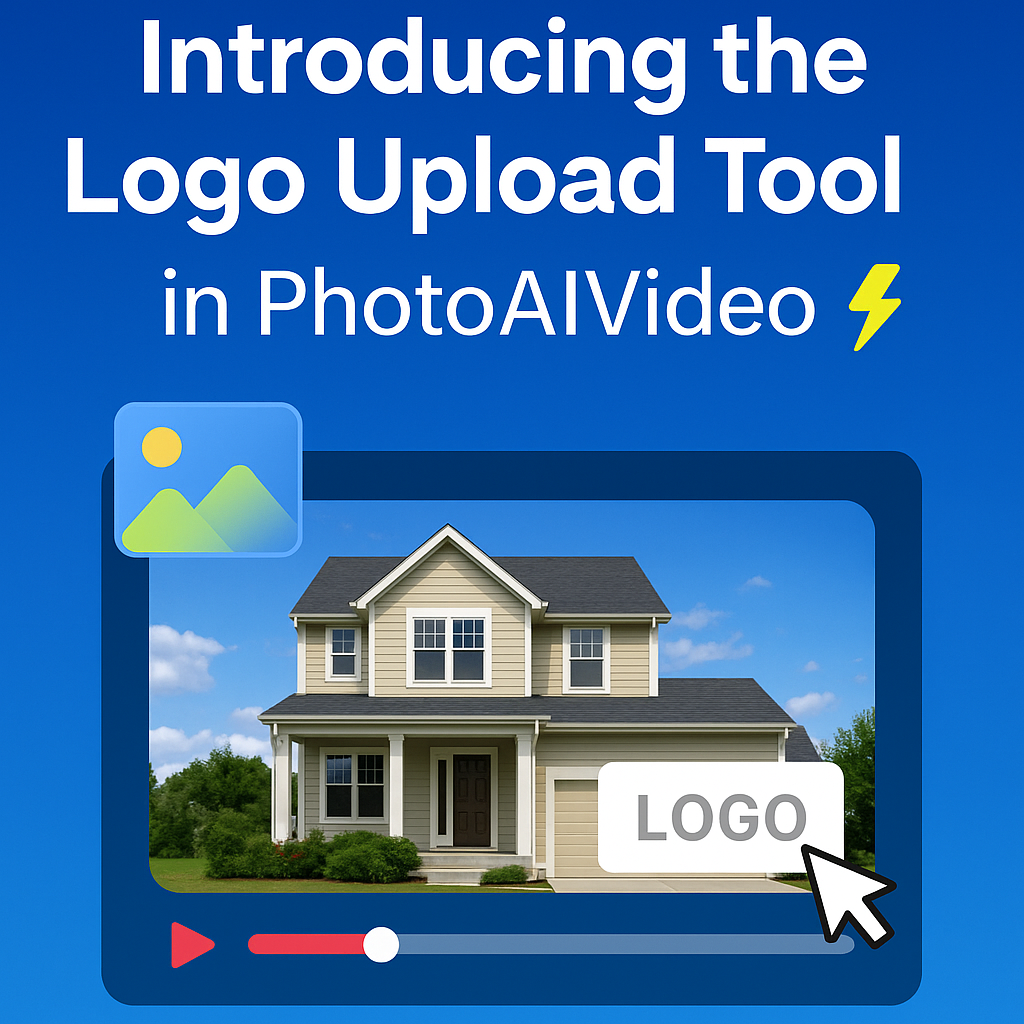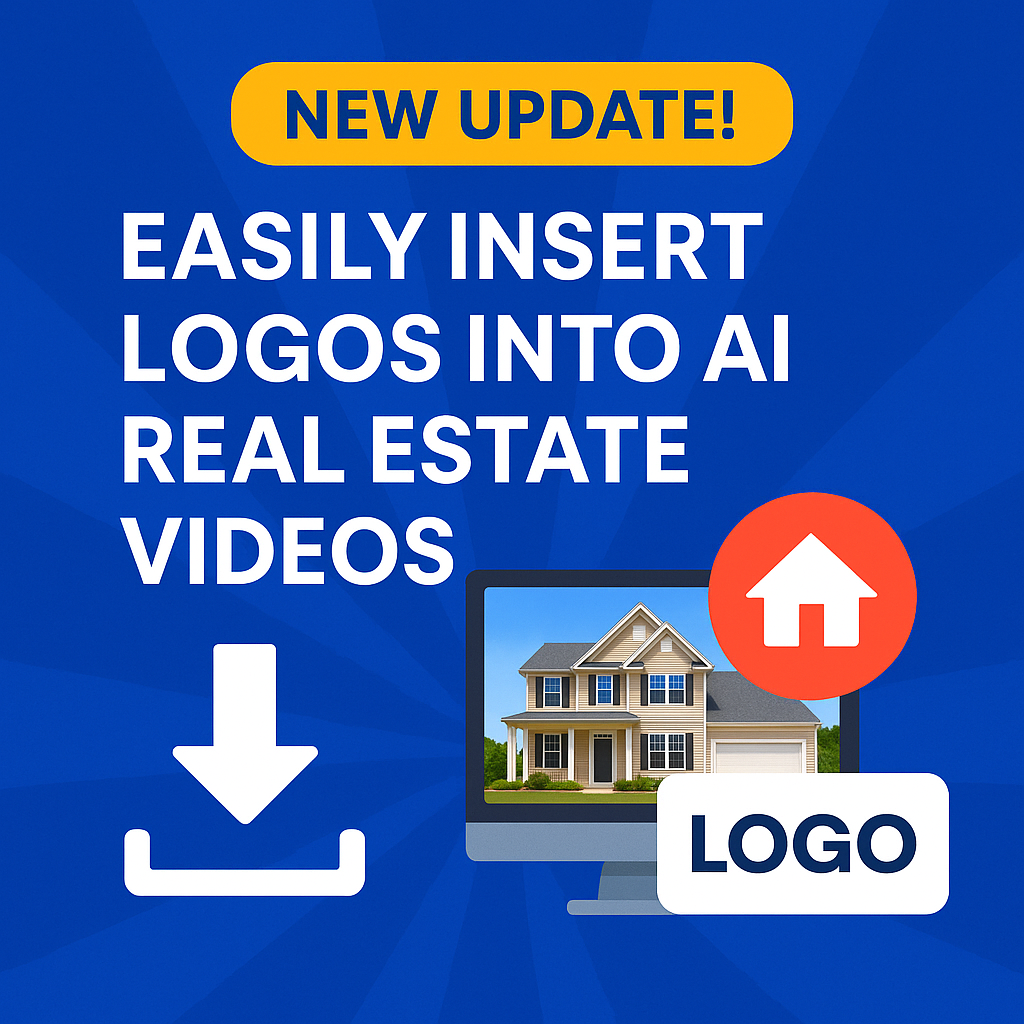If you're looking to take your 360 tours to the next level, converting them to the .esx format is a smart move. This format opens up a world of possibilities for interactivity and compatibility with various virtual reality platforms. In this guide, we’ll break down the benefits of .esx, how to prepare your files, and the steps to convert 360 tour to .esx. Plus, we’ll share tips for integrating your new files into virtual environments and troubleshooting any issues that might pop up along the way.
Key Takeaways
- The .esx format increases interactivity in virtual tours.
- Preparing your 360 tour files properly is key for a smooth conversion.
- Choosing the right conversion tools can improve your output quality.
- Testing your .esx files is crucial for ensuring they function correctly in virtual environments.
- Keeping up with trends can help you engage users better.
Understanding .esx Format Benefits

Okay, so you're looking into converting your 360 tour to the .esx format? Smart move! Let's dive into why this is a good idea. It's not just about having the newest file type; it's about what that file type lets you do. The virtual tour software you use can make a big difference.
Enhanced Interactivity
One of the biggest wins with .esx is the interactivity. We're not just talking about panning around a static image. Think hotspots, embedded videos, and even mini-games inside your tour. This keeps users engaged longer and gives them a reason to explore every nook and cranny. It's like turning a simple tour into an interactive adventure. You can add clickable elements that trigger animations, pop-up text boxes with extra info, or even quizzes to test their knowledge of the location. This level of engagement is hard to achieve with simpler formats.
Compatibility with VR Platforms
If you're serious about virtual tours, you're probably thinking about VR. The .esx format is designed to play nice with most modern VR platforms. This means your tours can be experienced in a truly immersive way, reaching a wider audience. It's not just about looking cool; it's about providing a more engaging and memorable experience for your viewers. Plus, compatibility means less hassle when you're trying to get your tour onto different platforms. Make sure you check out 360º virtual tours for inspiration.
Future-Proofing Your Tours
Technology moves fast, and file formats come and go. The .esx format is built with the future in mind. It's designed to be adaptable and scalable, so your tours won't become obsolete anytime soon. This means you can invest in creating high-quality tours now, knowing they'll still be relevant and accessible in the years to come. It's about protecting your investment and ensuring your tours continue to deliver value.
Think of it this way: choosing .esx is like choosing a well-built house. It might cost a bit more upfront, but it's going to last longer and require less maintenance in the long run. It's a smart investment in the longevity and quality of your virtual tours.
Preparing Your 360 Tour Files
Before you even think about converting your 360 tour to the .esx format, let's get organized. Trust me, a little prep now will save you from major headaches later. It's like gathering all your ingredients before you start baking – nobody wants to realize they're out of sugar halfway through!
Choosing the Right Software
First, you'll need the right tools. There's a ton of software out there for creating and editing 360 tours, but they're not all created equal. Some are better for beginners, while others have more advanced features. Think about what you need in terms of editing, ease of use, and whether it works with the .esx format.
- Look for software that handles high-resolution images and videos.
- See if it lets you add hotspots, annotations, and other interactive stuff.
- Make sure it can export your tour in a format that plays nice with the conversion tool you'll be using.
Adjusting Settings for Optimal Quality
Okay, you've got your conversion tool. Now, let's talk settings. This is where you can really make or break the final product. Pay attention to things like resolution, frame rate (if you're using video), and compression. Higher resolution usually means better quality, but also bigger files. You'll need to find a balance that works for you. Experiment with different settings and do some test conversions to see what looks best without making the file too big. Also, think about where you'll be using the .esx file. Some platforms have specific requirements for these settings. For example, you might need to adjust settings like resolution, frame rate, and compression to get the best virtual tour software output.
Organizing Your Assets
Next up: get organized! You don't want to be digging through hundreds of files trying to find that one image. Create a clear folder structure for all your media. This includes your 360 images or videos, audio files, and anything else you're using in your tour.
A well-organized project is a happy project. Name your files clearly, use subfolders to group related stuff, and keep everything in one place. This will make the conversion process way smoother.
Steps to Convert 360 Tour to .esx
Alright, so you're ready to turn your 360 tour into an .esx file. It's not as scary as it sounds, trust me. Here's the lowdown on how to make it happen.
Using Conversion Tools
First things first, you'll need some conversion software. There are a few options out there, some free, some paid. A good starting point is to look for tools that specifically mention .esx support. Some popular choices include dedicated 360 tour software that has an export feature, or more general 3D conversion programs. Make sure the tool you pick supports your input file format (like equirectangular images or videos). Once you've got your software, it's usually a pretty straightforward process of importing your 360 content and selecting .esx as the output format. You might want to check out some interactive 360° tour examples to see how they are set up.
Exporting in Compatible Formats
Finally, make sure your 360 tour is exported in a format that the conversion tool can handle. Common formats include equirectangular images (JPG, PNG) and 360 videos (MP4). Check the documentation for your chosen conversion tool to see what formats it supports. If you're using images, ensure they are high-resolution for the best possible quality. You might need to adjust settings like resolution, frame rate, and compression to get the best possible output.
Finalizing the Conversion Process
Okay, so you've got your conversion tool ready. Now, let's talk settings. This is where you can really make or break the final product. Pay attention to things like resolution, frame rate (if you're using video), and compression settings. Higher resolution usually means better quality, but also bigger file sizes. You'll need to find a balance that works for your needs. Experiment with different settings and do some test conversions to see what looks best without making the file too large to handle. Also, consider the platform where you'll be using the .esx file. Some platforms have specific requirements or recommendations for these settings.
Integrating .esx Files into Virtual Environments
So, you've got your .esx file ready to go? Awesome! Now it's time to get it out there and let people experience it. This part is all about making sure your virtual tour actually works in the environment you want it to be seen in. It's not always as simple as just uploading a file, but don't worry, we'll walk through it.
Uploading to VR Platforms
Getting your .esx file onto a VR platform can be pretty easy, but each platform has its own little quirks. Always check the specific documentation for the platform you're using. They all have their own ways of doing things, and you don't want to waste time guessing.
Here's a general idea of what to expect:
- First, create an account or log in to your existing account on the VR platform.
- Then, look for an option to upload or import 3D content. This might be in a "Create" or "Manage" section.
- Next, select your .esx file from your computer.
- Finally, follow any on-screen prompts to configure the tour, such as setting the starting point or adding descriptions.
It's a good idea to test your tour on different devices to make sure it looks and functions as expected. Some platforms may have limitations on file size or require specific hardware configurations. It's better to find out about these things early on.
Linking with Other Media
One of the coolest things about .esx files is how easily they can be linked with other types of media. This lets you create a richer, more immersive experience for your users. Think about adding:
- Audio commentary: Guide users through the tour with narration.
- Informative text: Provide additional details about points of interest.
- Embedded videos: Show related content within the tour.
Enhancing User Engagement
To really make your virtual tour stand out, think about ways to make it more interactive and engaging. It's not enough to just let people look around; you want them to do something. Consider adding:
- Hotspots: Allow users to click on objects to learn more.
- Quizzes: Test users' knowledge of the location.
- Social Integration: Allowing users to easily share their experiences with others. If you're looking to create a profitable 360º VR agency, consider exploring virtual tour profit system.
Testing Your .esx Files
Alright, you've gone through the conversion process, and now it's time to make sure everything works as expected. Testing your .esx files is super important before you start integrating them into virtual environments. You don't want to discover issues after you've already deployed your tour!
Checking Image Quality
First things first, let's talk about image quality. This is the first thing users will notice, so it needs to be on point. Load up your .esx file in a compatible viewer and take a good look around.
- Are the images crisp and clear?
- Do you see any weird artifacts or distortions?
- Is the resolution high enough for a comfortable viewing experience?
If the image quality isn't up to par, you might need to go back and tweak your conversion settings. Maybe the compression was too high, or the resolution was set too low. Experiment until you find the sweet spot.
Verifying Navigation
Next up, navigation. A smooth and intuitive navigation experience is key to keeping users engaged.
- Can you move around the tour smoothly?
- Are there any jarring jumps or glitches when you transition between scenes?
- Are the hotspots easy to find and interact with?
If the navigation feels clunky or confusing, users are likely to get frustrated and leave. Make sure the transitions are seamless and the hotspots are clearly marked. Think about the user experience and try to make it as intuitive as possible. You might want to check out some virtual tour examples to see how they are set up.
Ensuring Interactivity
If you've added any interactive elements to your tour, now's the time to make sure they're working correctly.
- Do the hotspots trigger the right actions?
- Are the embedded videos playing properly?
- Are the interactive quizzes or games functioning as expected?
Here's a quick checklist:
- Test every single interactive element to make sure it works as intended.
- Pay close attention to the user experience. Is it clear what users are supposed to do?
- Get feedback from others. Ask friends or colleagues to test your tour and provide their honest opinions.
Troubleshooting Common Conversion Issues
Even with the best preparation, you might run into snags when converting your 360 tour to .esx. Don't worry, most issues are fixable with a little digging. Let's look at some common problems and how to tackle them.
File Size Limitations
One of the first hurdles you might face is file size. Large 360 tours, especially those with high resolution images, can easily exceed the limits of some conversion tools or VR platforms.
Here's what you can do:
- Optimize Images: Reduce the resolution of your images without sacrificing too much quality. Tools like Photoshop or GIMP can help. Pictastic.ai offers virtual staging software that enhances property photos.
- Compress Textures: If your tour includes custom textures, compress them using a suitable format like JPEG or PNG with optimized settings.
- Split the Tour: For extremely large tours, consider breaking them into smaller, manageable chunks and linking them together within the virtual environment.
Addressing Compatibility Errors
Sometimes, the conversion process might throw up errors related to file formats or software compatibility. This often happens when using outdated or incompatible tools.
Here's a quick checklist:
- Update Software: Make sure you're using the latest versions of your conversion tools and any related software.
- Check File Formats: Verify that your input files are in a format supported by the conversion tool. Common formats include equirectangular JPG or PNG.
- Review Error Messages: Pay close attention to the error messages. They often provide clues about the cause of the problem.
It's always a good idea to consult the documentation or support resources for your conversion tool. They often have specific troubleshooting guides for common errors.
Adjusting Conversion Settings
The default conversion settings might not always be optimal for your specific 360 tour. Experimenting with different settings can often resolve issues related to image quality, performance, or compatibility.
Consider these adjustments:
- Resolution: Adjust the output resolution to balance image quality and file size.
- Bitrate: If you're converting video, experiment with different bitrates to find the sweet spot between quality and file size.
- Compression: Try different compression algorithms to see which one works best for your images or videos.
If you're facing problems with your conversions, don't worry! Many people run into similar issues. Start by checking your settings and make sure everything is set up correctly. If you still need help, visit our website for more tips and solutions. We're here to help you get back on track!
Final Thoughts
So, that’s a wrap! Turning your 360 tour into an .esx file isn’t as tough as it might sound. With the right tools and a little patience, you can create some really cool virtual experiences. Just keep an eye on your files and settings throughout the process. It’s all about making sure everything looks good and works smoothly. Whether you’re showing off a property, a venue, or something else, this format can really boost your virtual tours. So go ahead and give it a try—you might be surprised by what you can create!
Frequently Asked Questions
What is the .esx file format and why should I use it?
The .esx file format is designed for virtual tours, making them more interactive and compatible with VR devices.
What software do I need to convert my 360 tour to .esx?
You'll need special software that can handle 360 images and export them in .esx format. Look for tools that specifically mention .esx support.
Will converting to .esx change the quality of my 360 images?
If you do it right, the quality should stay high. Just be sure to adjust the settings during the conversion to keep the quality intact.
Can I use .esx files on all VR platforms?
Most modern VR platforms can use .esx files, but it's always smart to check if your platform supports it before you upload.
What should I do if my .esx file doesn’t work correctly?
Check for common problems like file size limits or compatibility issues. You might also need to tweak the settings in your conversion software.
What are some tips for making a great 360 tour?
Capture high-quality images, edit them well, and make sure the navigation is smooth and easy for users.














.png)



.png)






.png)

.png)





